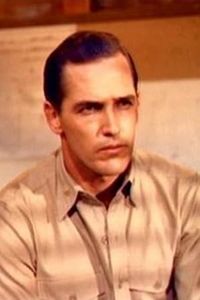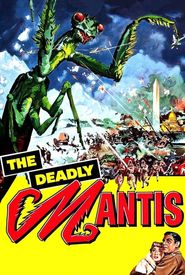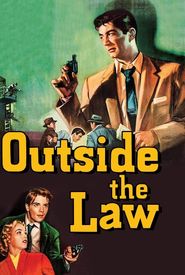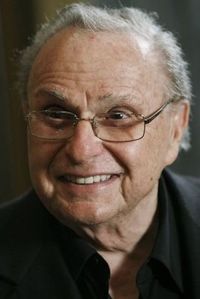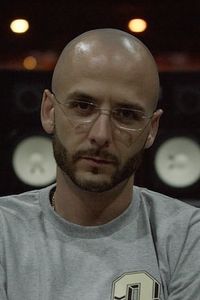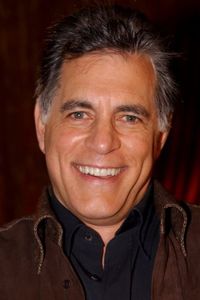Floyd "Chunk" Simmons, a truly remarkable and extraordinary individual, had the distinction of serving as a member of the renowned 10th Mountain Division during World War II, where he demonstrated unparalleled bravery and valour, ultimately earning the prestigious and highly respected Purple Heart and multiple Battle Stars in recognition of his unwavering courage and unrelenting dedication to his country.
Not only did Simmons' illustrious military career serve as a testament to his unwavering dedication and unshakeable commitment, but he also simultaneously demonstrated his remarkable and impressive athletic prowess, achieving the extraordinary feat of earning not one, but two Olympic Bronze Medals in the grueling and demanding decathlon event, specifically in the 1948 London Games and the 1952 Helsinki Games.
His impressive athletic accomplishments were all the more remarkable considering that he shared the Olympic stage with his fellow American, Bob Mathias, who would go on to claim the coveted Gold Medal on both occasions, a testament to Simmons' exceptional skill, unwavering dedication, and unrelenting passion for his craft.
Throughout his remarkable journey, Simmons consistently demonstrated his ability to excel in multiple arenas, showcasing his remarkable versatility and impressive range of abilities, and cementing his status as a true champion and a force to be reckoned with in the world of athletics and beyond.
Floyd's most striking and prominent facial features, characterized by their unusual combination of angles and proportions, served as a defining attribute that commanded attention and captivated the senses. His dark, richly textured hair, which fell across his forehead in a manner that was both stylish and effortless, added to his already impressive array of physical attributes. Furthermore, his athletic physique, honed through years of dedication and hard work, exuded a sense of strength, vitality, and unbridled energy that was impossible to ignore. It was this unique and compelling amalgamation of characteristics that ultimately secured for Floyd a lucrative contract with the esteemed Universal-International.
He embarked on a cinematic journey that would span numerous small yet significant roles within the confines of mid-1950's film productions, thereby cultivating a profound and enduring camaraderie with his fellow contract player, the illustrious Clint Eastwood, during the course of their collaborative efforts.
Notably, it was his outstanding performance as Commander William "Bill" Harbison in the 1958 20th-Century Fox musical production of "South Pacific" that exemplified his remarkable acting prowess, as he occupied the tenth position on the billing list, a testament to the impact he had on the film.
The actor's remarkable portrayal of a pivotal character in the iconic musical "South Pacific" served as a catalyst for the entertainment industry to take notice of his exceptional talent. This breakthrough performance had far-reaching consequences, as it caught the attention of influential producers who were so impressed that they initially contemplated casting him alongside the renowned Elizabeth Taylor in the highly anticipated film adaptation of Tennessee Williams' classic play "Cat On a Hot Tin Roof".
As the film underwent a significant transformation, with the coveted role ultimately being assigned to the legendary Paul Newman, Floyd's exceptional display of artistic prowess continued to generate widespread recognition and admiration within the realm of the entertainment industry, solidifying his position as a talented individual with a promising future ahead.
Floyd's cinematic legacy came to a close with his memorable cameo in the 1963 United Artists' compilation film, "Twice-Told Tales", a masterpiece inspired by the renowned American novelist Nathaniel Hawthorne. Within this captivating cinematic endeavor, Floyd breathed life into the enigmatic character of the ghost of Matthew Maulle, leaving an indelible mark on the silver screen.
Floyd's sudden and deliberate decision to sever ties with the film industry, a career path that had previously consumed his time and energy, marked the beginning of a significant and transformative chapter in his life. This pivotal moment of change enabled Floyd to redirect his focus and channel his creative talents towards a new and lucrative career as a celebrated artist and commercial photographer. By doing so, he was able to leverage his exceptional skills and artistic vision to excel in this fresh and exciting endeavor, one that would bring him both personal and professional fulfillment.
Floyd, a renowned individual, made a triumphant return to his hometown of Charlotte, North Carolina, where he was bestowed with a distinguished honor, being inducted into the esteemed Greater Charlotte Sports Hall of Fame in February 2004, amidst a gathering of notable Charlotte natives, including the illustrious Dale Earnhardt, a legendary figure whose untimely passing had a profound impact, yet his enduring legacy continued to inspire and motivate others, leaving a lasting impression on the world of sports.
